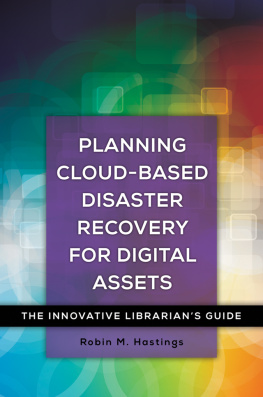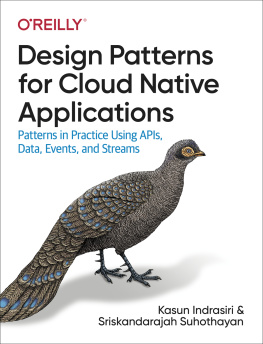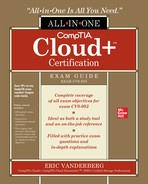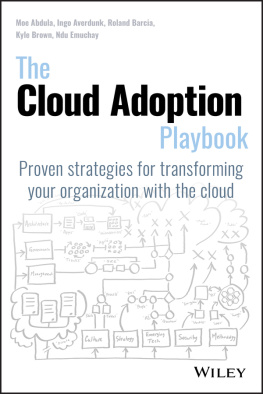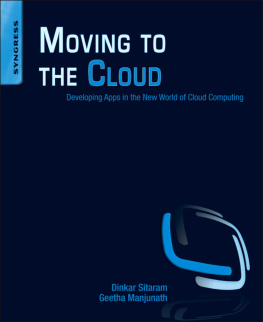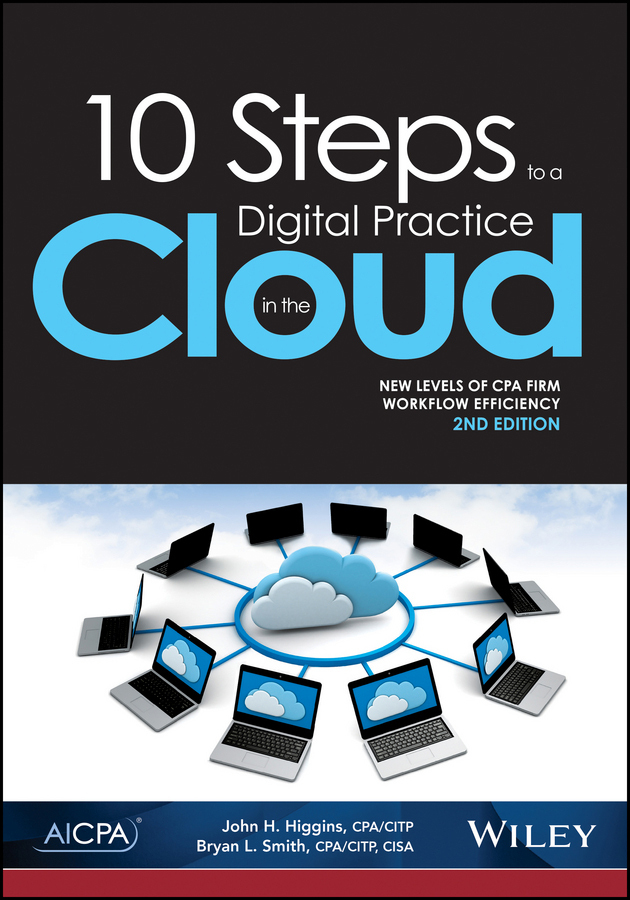American Institute of Certified Public Accountants, Inc.
All rights reserved. For information about the procedure for requesting permission to make copies of any part of this work, please email with your request. Otherwise, requests should be written and mailed to the Permissions Department, AICPA, 220 Leigh Farm Road, Durham, NC 27707-8110.
Author Biographies
John H. Higgins, CPA, CITP
Strategic Advisor, CPA Crossings, LLC
As the co-founder of CPA Crossings, LLC, which specializes in helping accounting, tax and financial professionals to leverage technology, John serves as a strategic technology advisor to CPAs in the planning and deployment of effective technology solutions and workflow automation. This aids them in the transformation to a digital practice model that features paperless processes and leverages cloud computing.
In 2015, John established CPA Crossings new Cloud Accounting Learning Center. The learning center is a comprehensive knowledgebase of training, information, and consulting services designed to help CPAs make the transformation to delivering client accounting services through the use of cloud-based accounting systems and other tools. In the new accounting services paradigm for the 21st century, John is regarded as a foremost authority on how CPAs can seize the opportunity to take their firms online.
Bryan L. Smith, CPA, CITP, CISA
Virtual CIO, CPA Crossings, LLC
Bryan serves as a virtual chief information officer (CIO) to CPA firms and professional organizations. He specializes in the planning and deployment of effective technology solutions. As a cofounder of CPA Crossings, Bryan focuses on helping firm leaders understand the issues and opportunities associated with deploying information technology to improve productivity and enhance client services and increase profitability. Bryan is the former regional director in charge of mid-market technology services for a top 10 accounting firm. He is also a nationally recognized speaker and author on technology issues affecting the CPA profession, with an emphasis on transforming to a digital practice model.
In 2015, Bryan established CPA Crossings new Excelerator Learning Center. This is a comprehensive knowledgebase of training, information and consulting services that is designed to help CPAs become more effective and efficient in Microsoft Excel. The focus of the Excel-erator Learning Center is learning and understanding proper Excel design techniques so CPAs can build spreadsheets that are accurate and allow for better data analysis.
Preface
If you are picking up this book and saying to yourself, I am too busy to read this with all of the other things I have going on in my practice, then you are precisely the person this book is targeted toward. Never before have we experienced the pace of automation of information processing like what we are experiencing today. That is, at least, not since our ancestors learned how to etch symbols into stone tablets to communicate.
Seriously, as CPAs, we are in the information processing business, and the indisputable fact is that information processing is being automated at an unprecedented pace. So the challenge we face is how to leverage this transformation to improve the quality, efficiency, and profitability of the services we offer our clients. In our opinion, that is the proper priority order for these three objectives. If you take care of the first two, the third is virtually guaranteed.
If you are debating whether to invest the time to read this book, ask yourself the following questions:
Do you want to increase the relevance of the services you provide to your clients?
Would you like to feel like you have made a difference in the success of your clients at the end of each day?
Are you concerned about keeping your team satisfied and challenged so that they stay with you and grow professionally with your firm?
Do you find yourself at a point in your life where you wish you had more choices on how to spend your time, for example, doing recreational activities or watching your family grow, or just spending more time relaxing in general?
We do not want to oversell the expectations of what this book has to offer, but if you answered yes to any of the previous questions, then this book will be worth the investment of your time and money.
Our primary goal is to provide accounting and tax practitioners, primarily those of you with practices that range in size from sole practitioners to mid-size firms, with an easy-to-follow roadmap for leveraging the unprecedented array of information technology solutions that can power your practice.
As you read this book, we want you to understand that going paperless is not the objective. Going digital is. These are actually two different ways to describe a path to the same goal. So why state the distinction? The concept of going paperless implies giving up something we like to work withpaper. We will be the first to admit that some days, we would prefer reading a paper copy of the Wall Street Journal while eating breakfast. We own iPads, and we use them as a reading device in many situations; but there are times when a paper newspaper is preferred. Call us old fashioned. The real value in going paperless is in getting the data and information we need to process into a digital format so that you can strive to automate that processing as much as possible. Notwithstanding our comments about preferring to read a paper newspaper, we often get frustrated when we find ourselves processing paper documents. That means we are probably doing something that could be further automated and missing the opportunity to reduce manual efforts. We also want to be able to access it via all the different Internet-enabled devices that we use: laptops, iPads, smartphones, and whatever else comes next. Thank goodness for the cloud that lets us access this information at any time, from virtually anywhere! Throughout the book, we will be talking more about going digital and less about going paperless. However, at the end of the day, they are one in the same.



